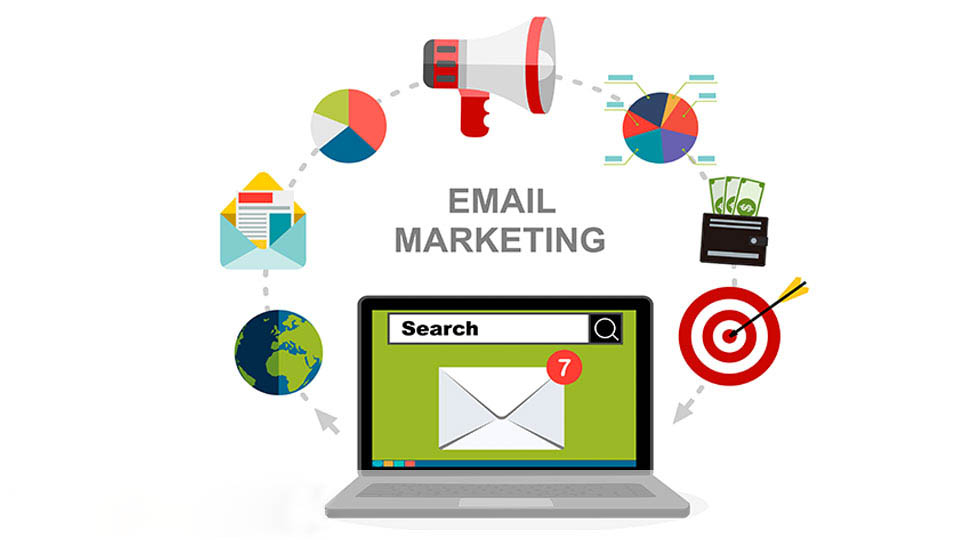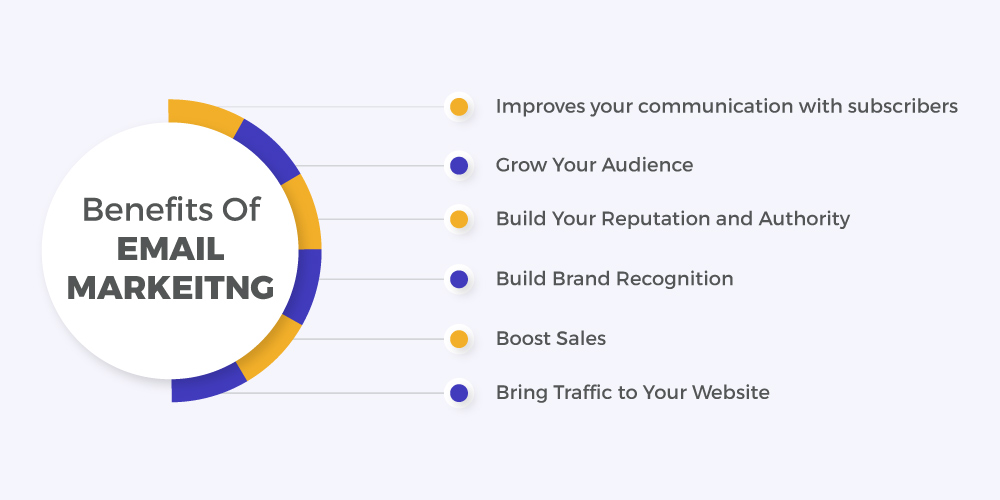It is a cost-effective way to build relationships, promote products, and drive sales. In this article, we will explore what is email marketing, its benefits, types, and best practices.
Email marketing is a powerful digital marketing strategy that involves sending targeted and personalized messages to customers and potential customers via email.

Table of Contents
Definition of Email Marketing
Email marketing is a form of digital marketing that uses email to send messages to customers and potential customers.
It is a way to build relationships, promote products, and drive sales.
Email marketing can be used to send newsletters, promotional offers, abandoned cart reminders, and other types of messages. Start email marketing with step-by-step guidance.
Benefits of Email Marketing
Benefits of Email Marketing: Email marketing offers several benefits, including
- Cost-effective: Email marketing is a cost-effective way to reach customers and potential customers.
- Targeted: Email marketing allows you to target specific audiences based on demographics, behavior, and preferences.
- Personalized: Email marketing allows you to personalize messages based on customer data and behavior.
- Measurable: Email marketing provides measurable results, allowing you to track open rates, click-through rates, and conversion rates.
- Flexible: Email marketing allows you to send messages at any time and frequency.

Types of Email Marketing
There are several types of email marketing, including
- Newsletters: Newsletters are regular emails that provide updates, news, and information about a company or product.
- Promotional emails: Promotional emails are used to promote products, services, or offers.
- Abandoned cart emails: Abandoned cart emails are used to remind customers about products they left in their cart.
- Welcome emails: Welcome emails are used to welcome new subscribers and provide them with information about a company or product.
- Transactional emails: Transactional emails are used to provide customers with information about their transactions, such as order confirmations and shipping updates.
- Top email marketing platforms.
Best Practices for Email Marketing
Here are some best practices for email marketing
- Build a targeted list: Build a list of targeted subscribers who are interested in your product or service.
- Personalize messages: Personalize messages based on customer data and behavior.
- Use clear and concise subject lines: Use clear and concise subject lines that reflect the content of the email.
- Use a clear and concise format: Use a clear and concise format that is easy to read and understand.
- Include a clear call-to-action: Include a clear call-to-action that tells subscribers what action to take next.
Examples of Successful Email Marketing Campaigns
Here are some examples of successful email marketing campaigns
- Amazon’s abandoned cart email campaign: Amazon’s abandoned cart email campaign is a great example of how email marketing can be used to remind customers about products they left in their cart.
- Netflix’s personalized email campaign: Netflix’s personalized email campaign is a great example of how email marketing can be used to personalize messages based on customer behavior.
- Starbucks’ loyalty email campaign: Starbucks’ loyalty email campaign is a great example of how email marketing can be used to reward loyal customers.
Conclusion
Email marketing is a powerful digital marketing strategy that can be used to build relationships, promote products, and drive sales.
By building a targeted list, personalizing messages, and using clear and concise subject lines and formats, businesses can create effective email marketing campaigns that resonate with their audience.
Sources
Email marketing is a powerful digital marketing strategy that can be used to build relation
- “What is Email Marketing?” by HubSpot
- “The Benefits of Email Marketing” by Forbes
- “Types of Email Marketing” by Mailchimp
- “Best Practices for Email Marketing” by Campaign Monitor
- “Examples of Successful Email Marketing Campaigns” by AdWeek
ships, promote products, and drive sales.
